Crushed Red Pepper: A Global Spice Adventure
Introduction: Why Does This Little Bottle Pack Such a Big Punch?
You’ve probably seen it on pizza boxes, next to pasta dishes, and even in your favorite hot sauces. That small bottle labeled 'crushed red pepper' holds more history, science, and flavor than you might expect.
In this blog post, we’ll dive deep into the origins of crushed red pepper, explore its role in global spice traditions, and offer practical tips for using it like a pro in your own kitchen!
What Exactly Is Crushed Red Pepper?
Despite its simple appearance, crushed red pepper is not just chili flakes. It’s usually a blend of dried and crushed red chili peppers, sometimes including seeds and skins for extra heat and texture. Common varieties include cayenne, Fresno, and even Thai chilies.
- Scientific Name: Capsicum annuum (most common)
- Heat Level: Varies depending on the mix (30,000–50,000 Scoville units average)
- Texture: Coarse, irregular granules
Where Does Crushed Red Pepper Come From? A Global Origin Story
The Birthplace: The Americas
All chili peppers originated in the Americas—Central and South America to be exact. Long before Columbus arrived, indigenous peoples cultivated over 20 different species of Capsicum.
Crushed red pepper, as we know it today, evolved from the traditional use of dried chilies ground or crushed by hand. In Mexico, this practice dates back thousands of years with the use of chiles secos (dried chilies).
The Columbian Exchange: Spreading the Fire Globally
After European explorers brought chilies back to Europe in the 15th century, they quickly spread to Asia, Africa, and beyond. By the 16th century, chilies were being grown in India, China, and West Africa—each region adapting them into their cuisine.
Today, the largest producers of chili peppers are:
| Country | Chili Production (tons/year) | Main Uses |
|---|---|---|
| China | 18,000,000 | Export, food processing, spice blends |
| India | 1,700,000 | Cooking, masalas, pickling |
| Mexico | 2,400,000 | Salsas, moles, marinades |
| United States | 350,000 | Fast food, condiments, home cooking |
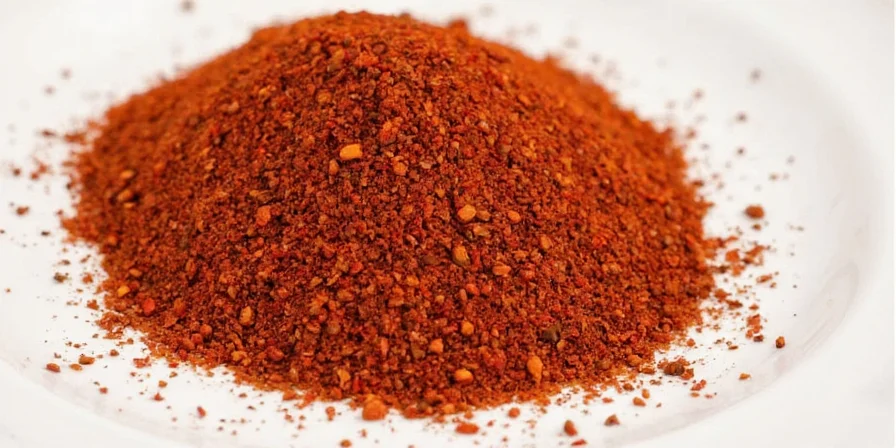
From Farm to Flakes: How Crushed Red Pepper Is Made
- Harvesting: Peppers are picked at full maturity for maximum color and heat.
- Drying: Sun-dried or mechanically dried to reduce moisture and enhance flavor.
- Sorting: Foreign materials and bad peppers are removed manually or via machines.
- Crushing: Dried chilies are crushed into coarse granules using specialized grinders.
- Packaging: The final product is packaged in airtight containers to preserve freshness and potency.
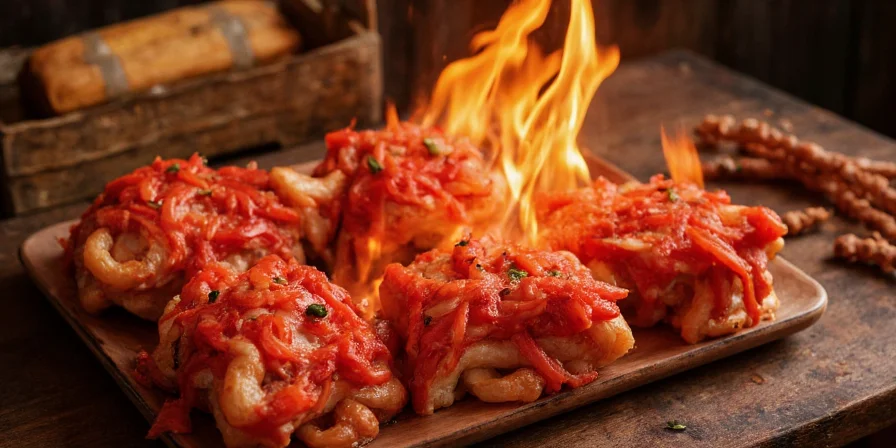
Cooking with Crushed Red Pepper: Tips, Tricks, and Flavor Hacks
Tip #1: Toast It First for More Depth
Like many spices, crushed red pepper benefits from a quick toast in a dry pan. Just 30 seconds can unlock nutty, smoky notes that elevate your dish.
Tip #2: Add It at Different Stages for Layered Heat
- Early: Adds slow-building background heat.
- Late: Gives a sharper, spicier punch.
- Both: Creates complexity—perfect for sauces and stews.
Tip #3: Balance with Fat or Acid
If your dish becomes too spicy, don’t panic! Add a dollop of yogurt, sour cream, or a splash of lime juice to tame the fire without losing flavor.
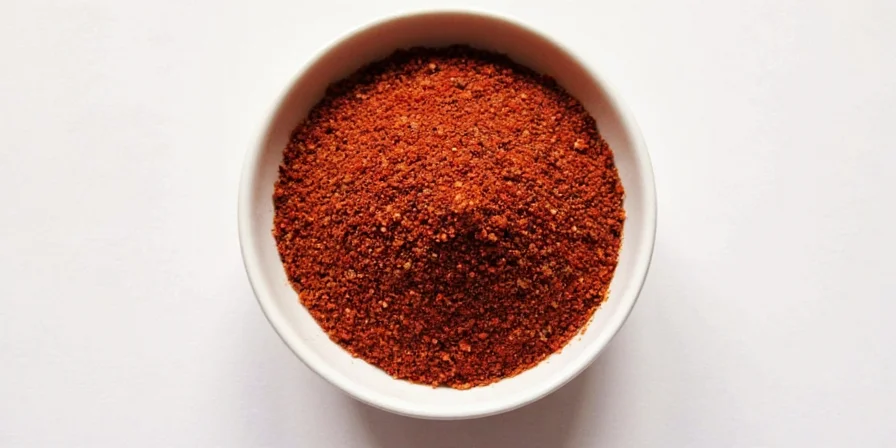
Tip #4: Make Your Own for Ultimate Freshness
Buy dried chilies (like ancho, arbol, or guajillo), dry roast them if needed, and crush them in a blender or mortar and pestle. You control the heat level and texture!
Crushed Red Pepper Around the World: Regional Twists and Traditions
While the Western version of crushed red pepper is typically a generic mix, around the globe, each culture has its own unique take:
| Region | Name | Composition | Common Use |
|---|---|---|---|
| Mexico | Chile seco molido | Ancho, pasilla, or chipotle | Salsas, mole, soups |
| Italy | Peperoncino tritato | Calabrian or Sicilian peppers | Pasta, pizza, meats |
| Korea | Kochukaru | Red pepper powder (gochugaru) | Kimchi, stews, sauces |
| India | Red chili powder | Hyderabad or Kashmiri chilies | Curries, snacks, spice mixes |
| Thailand | Prik pow | Thai bird's eye chilies | Pad Thai, salads, curries |
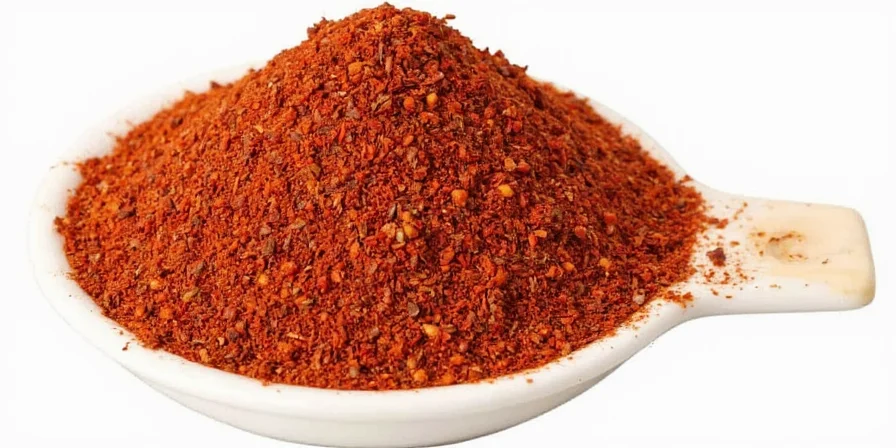
Is Crushed Red Pepper Healthy?
Yes—and here’s why:
- Rich in Vitamin C: One tablespoon can provide up to 20% of your daily need.
- Antioxidants: Contains capsaicin, which may help fight inflammation.
- Metabolism Boost: Some studies suggest it can slightly increase calorie burn.
- Pain Relief: Topical creams use capsaicin to soothe muscle pain and arthritis.
FAQ: Answering the Hottest Questions About Crushed Red Pepper
Q: Is crushed red pepper the same as chili flakes?
A: Not exactly. Crushed red pepper can contain both seeds and skins, making it hotter and coarser than regular chili flakes, which often come from milder chilies.
Q: How long does crushed red pepper last?
A: Stored in a cool, dark place, it should keep for up to two years. For optimal flavor, use within one year.
Q: Can I substitute paprika for crushed red pepper?
A: Only if you want less heat! Paprika is much milder. For more impact, go for smoked paprika or add a few drops of hot sauce.
Conclusion: Crushed Red Pepper – Small Package, Big Legacy
Crushed red pepper may sit unassumingly on your table, but its journey—from the jungles of the Americas to your dinner plate—is anything but small. It’s a testament to how a single ingredient can shape cuisines, ignite taste buds, and bridge cultures across centuries.
Whether you’re shaking it onto your pizza or infusing it into homemade oils, remember: you’re not just adding heat—you’re adding history, culture, and a whole lot of flavor.
So next time someone asks, “Where does crushed red pepper come from?” you’ll have more than just a short answer. You’ll have a story worth sharing.
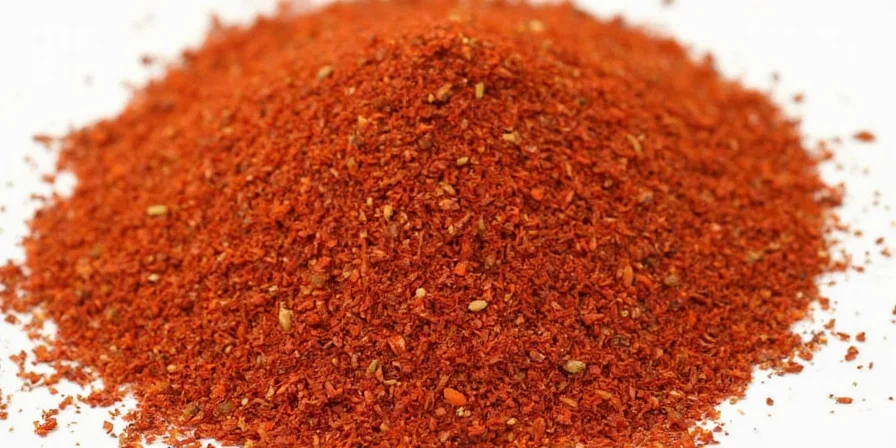

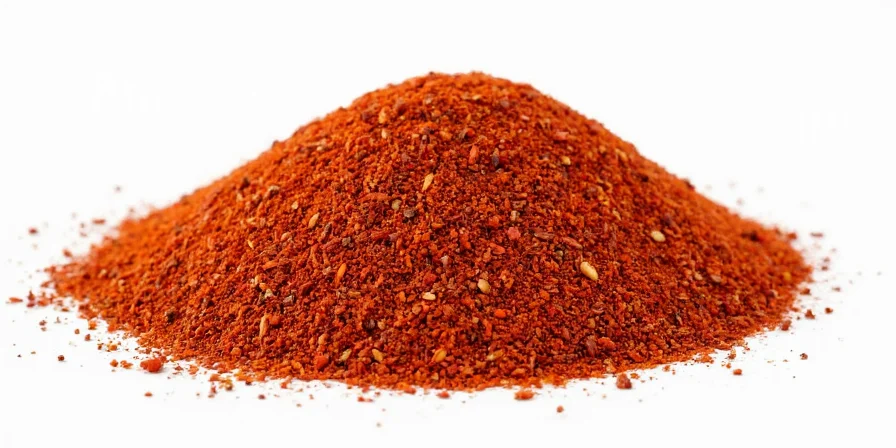









 浙公网安备
33010002000092号
浙公网安备
33010002000092号 浙B2-20120091-4
浙B2-20120091-4